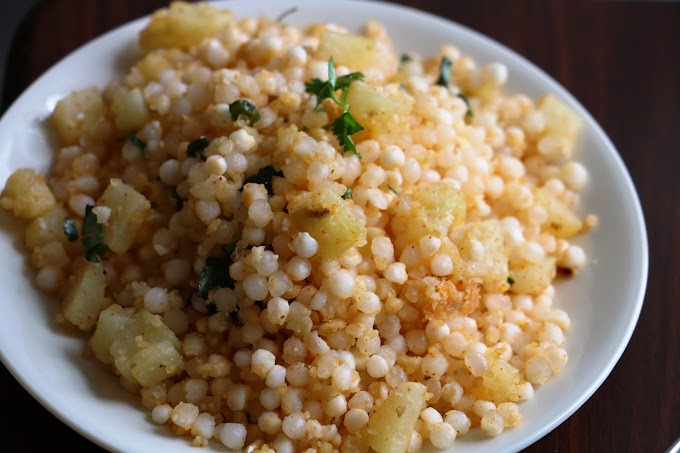Most people directly associate Indian food with rice and curry, but this is just a very simplified idea of the actual diversity of regional dishes. Since I enjoy the sweet side of life, as you may have already noticed while browsing through this blog, today I speak of Gajar ka Halwa.
What is that? A dessert of grated carrots cooked in milk, then fried in butter and seasoned with sugar, nuts, raisins and cardamom. Halva can be found in India in many variations, because it can be prepared with a variety of vegetables, including beetroot and cucumber. The version with carrots is and remains, however, both my taste and color my favorite!

Gajar ka halwa is the name of this simple Indian dessert of grated carrots cooked for a long time with sugar, cardamom and milk. Since carrots are an winter vegetable, this dish is typically prepared in the last months of the year and is one of the most popular desserts associated with the festival of lights, Diwali. There are countless versions of this recipe, all of them are easy but all require attention and stirring!
This Indian carrot dessert, also known as gajar ka halwa, is an unusual dessert. It is made with grated carrots, whole milk, dry fruits and nuts, and has a delicious consistency similar to British fudge. Traditionally served at Indian festivals and temples, this classic dessert is popular in Indian households during Diwali, the festival of lights!
Carrots are used in all sorts of vegetable gravies, curries and Indian desserts. Gajar Ka Halwa is one dish where the sweetness of carrots can shine. Garnished with dry fruit flakes, it pairs well with a dollop of ice cream on the side.
This pudding-like dessert is mostly associated with North India and is a rich, creamy dessert made with sugar and whole milk. I haven't heard of any Indian who doesn't love a good carrot halwa, although it might seem a bit strange to us!
Most families in North India have their own recipe for making Gajar ka Halwa and with a little change here and there, the taste changes drastically. This carrot halwa recipe is from an Indian friend of my mother and it is one of the best we have ever tasted. And I am not the only one who says so. Everyone who has tasted her Gajar Ka Halwa is blown away by it.

Servings: 2
Prep Time: 15 mins
Cook Time: 45 mins
Total Time: 1 hr
Ingredients
2 tbsp oil or ghee
4 large carrots
1 can of coconut milk
1 tbsp cardamom powder
1 tbsp honey
6-7 cashews
6-7 almonds
1 tbsp pistachios
1 tbsp raisins

Recipe
With the help of a mortar, crush the cashews, pistachios and almonds so that they are reduced to smaller pieces. Peel and grate the carrots. Reserve.
In a saucepan, add the oil until it melts. Add the crushed nuts and sauté 1-2 minutes with the oil. Remove a tablespoon of dried fruit and reserve to decorate last. Add the grated carrot and sauté for about 5 minutes. Then add the raisins and coconut milk to cover the carrots and a little more. Boil for about 20 minutes.
Add the cardamom and honey, and continue boiling for another 10-15 minutes. Mixing from time to time to avoid sticking.
Serve warm with the dried fruit on top.
Tips for making carrot halwa:
Use red carrots. These carrots are available only in winters and the real taste of this halwa shines when red carrots are used.
Do not fry the grated carrot before adding the milk, otherwise they will turn dark in color.
Add the milk and carrots together to the pan and cook.
Grate the carrots medium-fine. If you grate them too thinly, the halwa will become soft, and if you grate them too thick, the pieces will be noticeable.
Keep stirring the halwa at regular intervals. It requires a lot of muscle work.
You can freeze halwa for 1-2 months. Simply transfer it to a freezer box and freeze. Defrost before use and reheat in the microwave.
You can also add 1/2 beetroot to the halwa and make beetroot carrot halwa.









Greetings from Italy